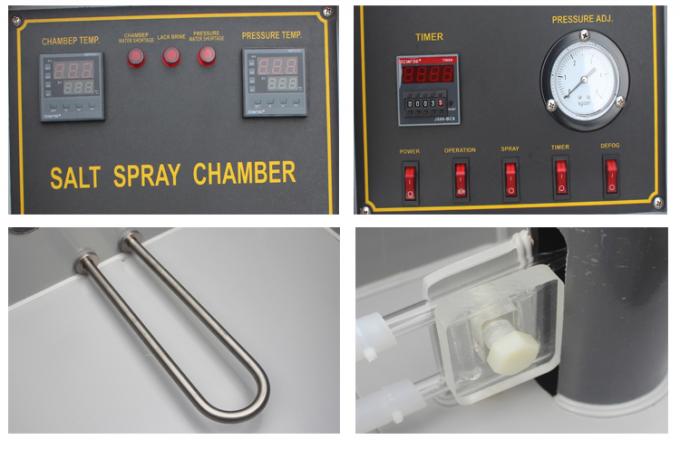- Qinsun Instruments Co., Ltd.
- Tell:+86-21-6780 0179
- Phone:+86-17740808215
- Address:No. 2578 Minhang District Gu Dai Road, Shanghai
- Contact:Mr. Li
- QQ:846490659
Rapid formaldehyde detector

How can consumers distinguish whether certain foods contain formaldehyde? Generally speaking, for products such as vermicelli, soy products, and aquatic products that are too bright in color, have high transparency, and have a musty, sour, and irritating odor, it is recommended to choose carefully.
Whether formaldehyde is present in food cannot be accurately determined solely by personal observation, smell, and touch. It is best to analyze it through a food rapid inspection center and professional testing instruments to obtain accurate results. Currently, many parts of the country are actively promoting the construction of food rapid inspection centers and purchasing advanced food detection instruments, such as pesticide residue rapid detection instruments, fungal toxin detection instruments, dry chemical analyzers, food formaldehyde detection instruments, etc., which can achieve rapid and accurate detection, thereby safeguarding the safety of people's dining tables.
Formaldehyde detection methods, one of which is precision instrument analysis methods, such as high-performance liquid chromatography, ion chromatography, chromatography-mass spectrometry, etc; Another method is rapid detection, such as spectrophotometry and rapid detection of food formaldehyde. Precision instrument analysis has high sensitivity and accuracy, but the detection cost is too high and the detection time is long, which cannot meet the requirements of fast, trace, and portable detection in the market; However, the food formaldehyde rapid detection instrument is very suitable for the market's rapid detection needs, and the test results can be issued in less than 30 minutes.
The food formaldehyde rapid detection instrument often adopts an 8-channel design, which can enable multiple samples (food containing formaldehyde) to be measured simultaneously. It has a high degree of intelligence, and the instrument automatically diagnoses faults and calibrates to avoid interference with the detection results and ensure the accuracy of the detection.
In addition to increasing regulatory efforts by relevant departments, safety issues in food such as formaldehyde and additives also require the use of various food testing instruments to improve the accuracy and authority of testing, so that people can eat with peace of mind, peace of mind, and comfort.





